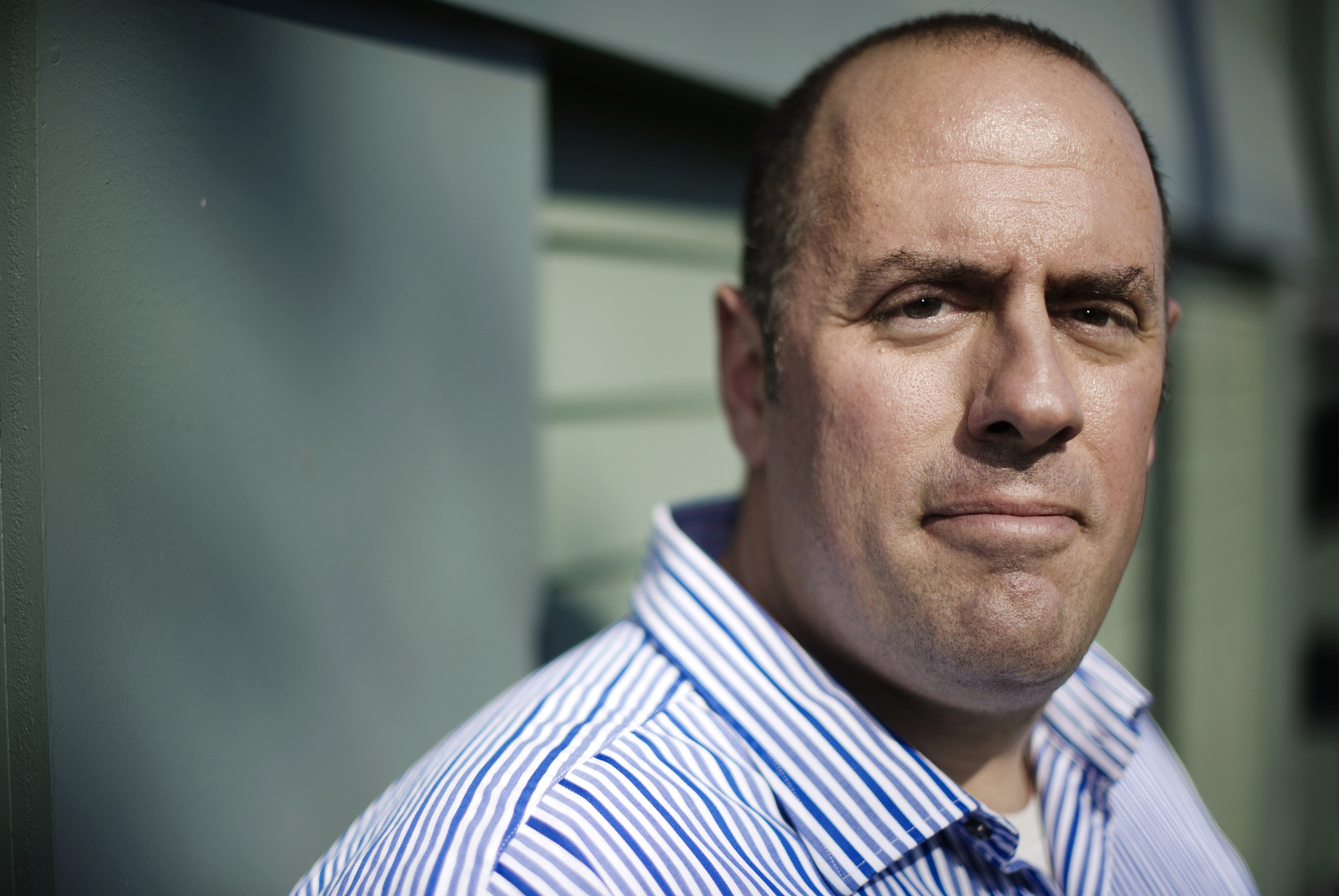by Gwen Schanker, Journalism and Biology, 2018
What’s better than spending an afternoon on the beach? Or following that up with a delicious fish dinner? For many, these are keystone experiences that embody the summer season. They’re just a few of the many ecosystem services that are provided to humans by the natural world.
Jonathan Grabowski, associate professor of science at Northeastern whose home base is at the university’s Marine Science Center in Nahant, MA, has studied how the fishes that inhabit the Gulf of Maine use habitat on the seafloor, including in the middle of it on the underwater seamount Cashes Ledge. This includes species like cod and haddock that often eventually find their way onto people’s dinner plates.
This project is a collaboration with colleagues at The Nature Conservancy, a global conservation nonprofit committed to conserving the lands and waters on which all life depends. Grabowski also collaborated with researchers from Alaska Pacific University in Anchorage, Alaska, the University of Edinburgh in Scotland, and the University of Ulster in Northern Ireland Together, the team created habitat maps of Cashes Ledge, which show where fish like cod “hang out” during their different life stages, from right after they settle on the bottom of the ocean to adulthood. Cashes Ledge is one of five global sites that are being mapped as part of an overarching The Nature Conservancy project called Mapping Ocean Wealth.
“We want to know how that habitat actually contributes to how fish live their lives and how many fish are produced,” said Jennifer Greene, Marine Scientist at the The Nature Conservancy and Grabowski’s associate on the project.
The researchers used previously existing data to determine the habitats that each species depends upon, and then combined this information with habitat maps of Cashes Ledge to create essential fish habitat maps and model habitat suitability. These efforts can help to identify areas where cod and other fish will continue to thrive in the midst of a changing climate, Grabowski said.
The techniques of the project are meant to be “transferable and replicable” to other parts of the world. “Projects like this are hugely collaborative between a lot of different researchers and nonprofits,” Greene said. “We’re able to provide information about important ecosystem services that’s never been available before, and our goal is to make it available for others to use.”
Those people include both scientists like Grabowski, who can help to further the developing knowledge, and resource managers who decide where fish can be sustainably harvested.
Recently, the project was featured in a video for Microsoft’s Upgrade Your World campaign, which showcased a different nonprofit partner each month over the past 12 months. The video includes interview footage from both Greene and Grabowski and was published on World Oceans Day (June 8) as part of a global attempt to draw greater public attention to ocean research.
“We’re never going to stop using the ocean because we love it and it provides so many things to us,” Greene said. “We have to be better conservationists and better stewards of our planet so it continues to provide for future generations.”

